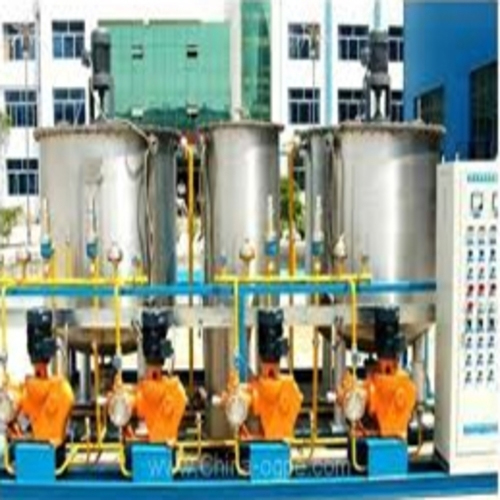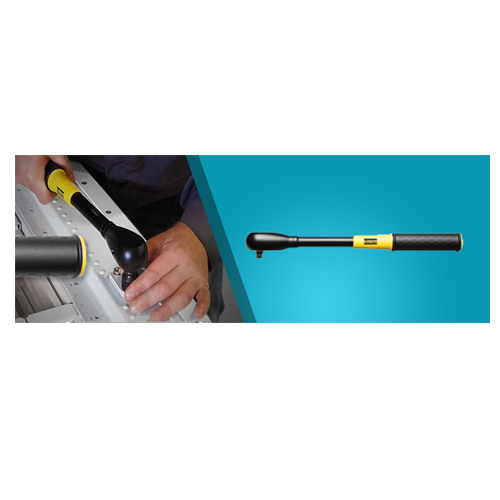Schedule a Call Back
Adhesives & Sealants: Market reports & trends
 Technical Articles
Technical Articles- Nov 30,-1
The adhesive and sealants market is primarily boosted by the emerging economies, technological advancement, globalisation, and increased usage of adhesives and sealants to seal and protect materials in an environmentally friendly manner.
 Adhesives and sealants are the most versatile bonding agents available today. The adhesives segment dominates the global adhesives and sealants market, with a share of more than 75%. With the huge market potential and the growing preference, the market for adhesives and sealants is likely to witness considerable growth. The growth of the market is also largely attributed to the technological developments.
Adhesives and sealants are the most versatile bonding agents available today. The adhesives segment dominates the global adhesives and sealants market, with a share of more than 75%. With the huge market potential and the growing preference, the market for adhesives and sealants is likely to witness considerable growth. The growth of the market is also largely attributed to the technological developments.
According to RNR Market Research, the market for adhesives and sealants is being driven a rising trend in various end user segments to use eco-friendly or green adhesives and sealants or those with low VOC (volatile organic compound). Further, technological advancement in production capabilities and enhancing properties of adhesives and sealants will be fuelling the growth. The ever-increasing need for high standard performance across all modern applications is driving the growth of adhesives and sealants. This also results in the development of newer and improved application and performance properties. Adhesive and sealant systems that are fast, easy, and low cost are in demand. The major hurdle, which is currently inhibiting the growth of the market, is volatility in the prices of the raw material for adhesives and sealants. The industry is witnessing high growth on an account of growing demand in the Asia-Pacific region. China and India are the biggest consumers of Adhesives & Sealants Market due to rapid industrialisation and infrastructure growth. Japan, Korea, and Taiwan have high per capita consumption of adhesives and sealants and thus, are expected to grow with a moderate CAGR.
An adhesive is any substance applied to the surfaces of materials that binds them together and resists separation. Adhesives are formulated by compounding (mixing) the base material with fillers, pigments, stabilisers, plasticisers and other additives. Low- to medium-performance products are based on natural substances such as starch, dextrin, natural rubber or protein or synthetic polymers such as polyvinyl acetate, polyvinyl alcohol, polyesters, acrylics, neoprene, butyl rubber, phenolic. High-performance products are based on polymers such as epoxy, polysulfide, polyurethane, cyanoacrylate and silicone which have enhanced properties including bond strength, elongation capacity, durability or environmental resistance.
 A sealant on the other hand is a substance used to block the passage of fluids through the surface or joints or openings in materials, a type of mechanical seal. In building construction sealant is sometimes synonymous with caulking and also serves the purposes of blocking dust, sound and heat transmission. Sealants may be weak or strong, flexible or rigid, permanent or temporary. Sealants are not adhesives but some have adhesive qualities and are called adhesive-sealants or structural sealants.
A sealant on the other hand is a substance used to block the passage of fluids through the surface or joints or openings in materials, a type of mechanical seal. In building construction sealant is sometimes synonymous with caulking and also serves the purposes of blocking dust, sound and heat transmission. Sealants may be weak or strong, flexible or rigid, permanent or temporary. Sealants are not adhesives but some have adhesive qualities and are called adhesive-sealants or structural sealants.
The main difference between adhesives and sealants is that sealants typically have lower strength and higher elongation than adhesives do. When sealants are used between substrates having different thermal coefficients of expansion or differing elongation under stress, they need to have adequate flexibility and elongation. Sealants generally contain inert filler material and are usually formulated with an elastomer to give the required flexibility and elongation. They usually have a paste consistency to allow filling of gaps between substrates. Low shrinkage after application is often required. Many adhesive technologies can be formulated into sealants.
The adhesives market is segmented on the basis of applications such as pressure sensitive products, packaging, building and construction, automotive, woodworking and furniture, footwear, and other applications. The sealants market is segmented on the basis of applications such as pressure sensitive products, packaging, building and construction, automotive and transportation, assembly, consumer DIY, and other applications.
On the basis of chemical product type: The adhesives market is segmented on the basis of chemical composition such as acrylic, polyurethanes, polyvinyl acetate (PVA), epoxy, styrenic block, EVA, and other. The sealant market is segmented on the basis of product types such as acrylic, polyurethanes, silicone, polyvinyl, and other.
On the basis of technology: The adhesives market is segmented on the basis of production technology such as water-borne, solvent-borne, reactive, and hotmelt. The Indian adhesives market has recorded strong growth during the period FY’2010-FY’2015 and is expected to sustain its rapid growth during the next five years. Ken Research’s recent report on “India Adhesives Market Outlook to FY’2020 – Rapid Industrialisation and Government Support to Shape Future Growth” provides a comprehensive analysis of the adhesives market in India. The report covers various aspects such as market size of India adhesives market, segmentation on the basis of technology, product, application, natural and synthetic adhesives and end users. The report also covers market in different aspects such as market size, segmentation of market on the basis of organised and unorganised players, import and export of adhesives in the market. The report is useful for adhesives manufacturers, wholesalers of adhesives, retail chains and new players venturing in the market.
Indian adhesive market is estimated to be around Rs 60 billion per annum. The adhesive market in India is expected to be fastest growing at CAGR of 6% during 2014-19. The major applications of adhesives in India are in furniture, packaging, automotive and construction. Growth of disposable products is expected to increase in India which leads to increase in consumption of adhesives in packaging industry. Furniture industry would be major growth driver for the industry which is expected to grow at CAGR of 30% over next few years.
In conclusion, it can be said that the adhesive and sealants market is primarily boosted by the emerging economies, technological advancement, globalisation, and increased usage of adhesives and sealants to seal and protect materials in an environmentally friendly manner. Packaging, automotive, construction, and furniture industries are the major drivers of the adhesive and sealant industry. Technology innovation to find newer, better and faster products that will dramatically influence the cost-effectiveness of the customers operations is one of the major drivers of the industry.
Related Stories

Aimtron Secures Rs 1 bn ODM Deal with Leading US Infrastructure Firm
Aimtron, an Electronics System Design and Manufacturing (ESDM) company, has signed a Rs 975.5 million ODM deal with a US infrastructure leader to develop advanced, transformer-free UPS systems for g..
Read more
Cooper Corporation & Sinfonia Technology Launch India’s First CPCB IV+ LPG Genset
Cooper Corporation and Sinfonia Technology (Japan) announce the launch of India’s first CPCB IV+ certified 10 kVA LPG genset, marking a strategic partnership focused on advancing clean energy solu..
Read more
AIFI Launches ‘GenNext Entrepreneurs Forum’ to Shape India’s Forging Industry
AIFI unveils the GenNext Entrepreneurs Forum to foster emerging leaders in India’s forging industry, focusing on innovation, sustainability, and global competitiveness.
Read moreRelated Products

Ozone System
Omnicorp Environs & Infratech Co offers a wide range of ozone systems.

SWR ’Slipping’ Wrenches
Reliable
Trade Links offers a wide range of SWR ’slipping’ wrenches.

Gripping Systems – Rgg
Schunk Intec India Pvt Ltd offers a wide range of Gripping Systems – RGG - cleaning
device with shank interface.












